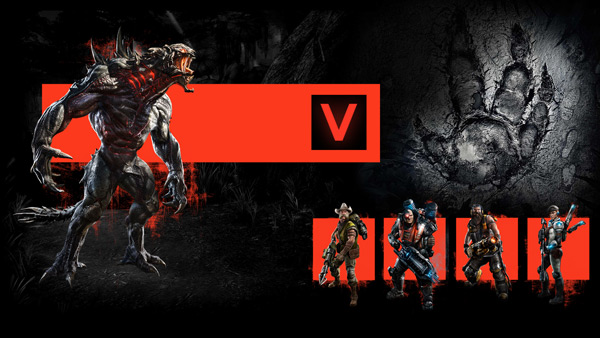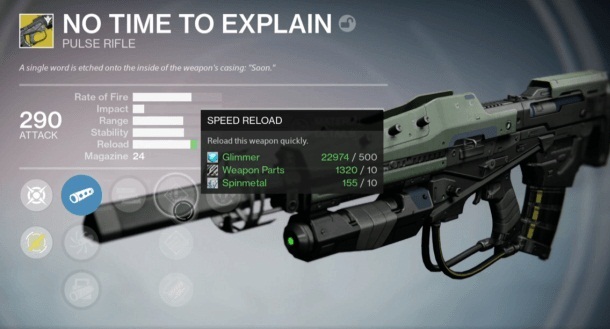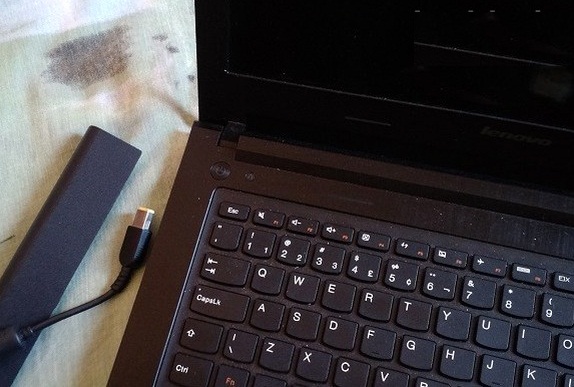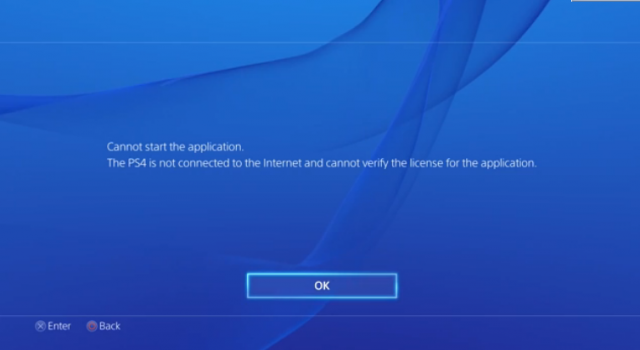

Volume is a retelling of the classic tale of Robin Hood: you steal from the rich, and give to the poor. Whether you’re more familiar with the Douglas Fairbanks version or Disney’s animated fox, you know the story. But where the traditional legend stars a lovable, medieval rogue who uses uncanny archery skills and devilish charm to bring down a pompous ruling class, Volume has been updated for modern, Internet-era sensibilities. I won’t spoil exactly how the story’s been updated, as the numerous clever nods to the original tale are the highlight of a charming plot, but know that in lieu of verdant English fields and anthropomorphic lions, you’ll be swiping wealth from the business world’s elite in a neon-hued virtual reality.
Volume’s strength lies in the simplicity of its stealth-action gameplay. Each stage is a maze of walls, chairs, desks and other modern debris populated by enemies that develop increasingly complex behaviors as the game progresses. You, in turn, are asked to navigate these areas like a greedy ninja, remaining undetected and collecting enough gems to unlock the portal to the next stage. Standing in the way are AI enemies, and since you’ve got the fighting prowess of a tired puppy, you must utilize a meager selection of tools (including flushing toilets and whistling) to draw their attention away long enough to slip in, swipe the goods and slip back out. That’s simple enough when one, sedentary goon stands guard over the loot, but you will quickly have to adapt to multiple foes with unique patrol patterns and behaviors.
The myopic Pawns of the early stages will usually give up the chase after their quarry ducks behind the nearest wall, but some of their cohorts later in the game will pursue a player relentlessly like an angry liquid metal Terminator. To the developer’s credit, the game builds incrementally before that happens.
The first stage introduces the protagonist, a three-quarters overhead viewpoint purposely designed to evoke Metal Gear Solid, and the basics of movement. Here you’re asked to follow a simple path through the vision cones of several stationary enemies. That’s simple enough, but in the next stage the enemies are moving and you’re able to become nigh-invisible by shimmying along walls. In the next, you’ll have to use nearby plumbing fixtures to distract an enemy from his patrol route. And so on. This slow build in complexity gradually increases each stage’s tension, creating the kind of nail-biting moments where you’ve been spotted by a guard only feet from the exit and have to sprint to the portal in the meager moments before he fires his weapon. The design offers instruction too, ensuring that you’ll never encounter a stage you aren’t prepared for.
Volume’s simple premise, intuitive gameplay and meager number of required buttons make it the perfect game for the portable convenience of a handheld system. Fortunately, alongside its OS X, Windows and PlayStation 4 iterations, Volume will be appearing on Sony’s Vita handheld complete with cross-buy and cross-save functionality with its console big brother.
That inherent tutorial comes in handy, as the game stops adding new mechanics after the first few stages and instead leaves you to figure out clever ways to employ your new skills against increasingly complex, difficult rooms of enemies. The final handful of stages will likely require you restart each dozens of times, but not because they’re unfairly designed. It’s just that later stages require both intricate planning and quick reflexes. Fail to notice a guard turning left instead of right, or alert the wrong goon and it’s game over.
Frustration is a prevalent theme in Volume, but the myriad checkpoints and quick reset button make trying again both fast and easy. The sense of achievement when you finally beat a stage that’s been stumping you is fantastic, and offers ample reason to try again, hoping for higher placement on the game’s online leaderboards.
Once you’ve swiped every gem from the 100 stages included with the game, additional opportunities for pixelated larceny can be found in the stage select menu. There, alongside completed story missions, you’ll find a list of stages crafted by other players all over the world. If the numerous user-created levels available currently, even before the game has reached an official, public launch, are any indicator, the editor should ensure that an extensive catalog of downloadable stages is available in short order. These early efforts pale in comparison to official stages - it’s clear they were created by reviewers bumbling through the editor for their respective articles - but they demonstrate tremendous potential.
Developer Mike Bithell Games has clearly learned the lessons of other stealth-action games, and has stripped away all of the unnecessary fluff to craft a heist simulator that’s as svelte and intriguing as a hairless jaguar. Thanks to a relative simplicity of aesthetic design there’s no waiting while stages load, and in lieu of overwrought, melodramatic cutscenes, the entirety of the game’s story is delivered via polite, British voiceovers during gameplay. Volume’s key asset is that its gameplay and all of the extraneous bits that don’t involve hiding from AI goons and swiping gems have been streamlined to ensure that you’ll be playing with as little delay as possible. This, like the game’s shallow learning curve, ensures that Volume offers entertainment to suit your busy, modern life. Whether you’ve got a lonely night to kill or a just want to snatch a few gems during a brief lunch break, this game has you covered.
In an industry increasingly defined by bloated production values and histrionic spectacle, Volume is a deft, focused example of quality design that succeeds thanks to a laser-focus on gameplay above all else.
This game was reviewed on PC.




 Total War Attila (PC) tactics guide
Total War Attila (PC) tactics guide Inazuma Eleven GO Chrono Stones Thunderflash / Wildfire tips
Inazuma Eleven GO Chrono Stones Thunderflash / Wildfire tips How to fix 'The PS4 is not connected to the internet and cannot verify the license for the application' error
How to fix 'The PS4 is not connected to the internet and cannot verify the license for the application' error Anarchy Reigns Wiki .
Anarchy Reigns Wiki . Spectre: Daniel Craig and Monica Belucci start shooting new James Bond film
Spectre: Daniel Craig and Monica Belucci start shooting new James Bond film